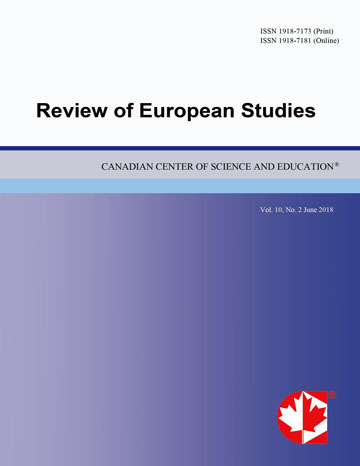Toward A Theory of Institutional Ecology: The Dynamics of Macro Structural Space
Abstract
Institutions, like populations and organizations, occupy physical, temporal, symbolic, and social space. It is reasonable, then, to assume institutions are characterized by ecological dynamics. In the paper below, a formal theory of institutional ecology is posited. It is argued that institutions have cores and surrounding environments, and a rule of proximity governs the way individual and corporate actors orient their behavior and attitudes. Hence, the closer are an individual, corporate unit, or field of actors to an institution's core, the greater is the visibility and access to institutional resources and authority systems and, therefore, the more likely they are to act, set goals, and make decisions as sanctioned by the institutional domain. Ultimately, a theory of institutional ecology can help link the micro- and meso-levels while also serving as an explanatory tool for understanding why some actions and goals are stereotyped, while others appear deviant or, in some cases, random.
 PDF
PDF
